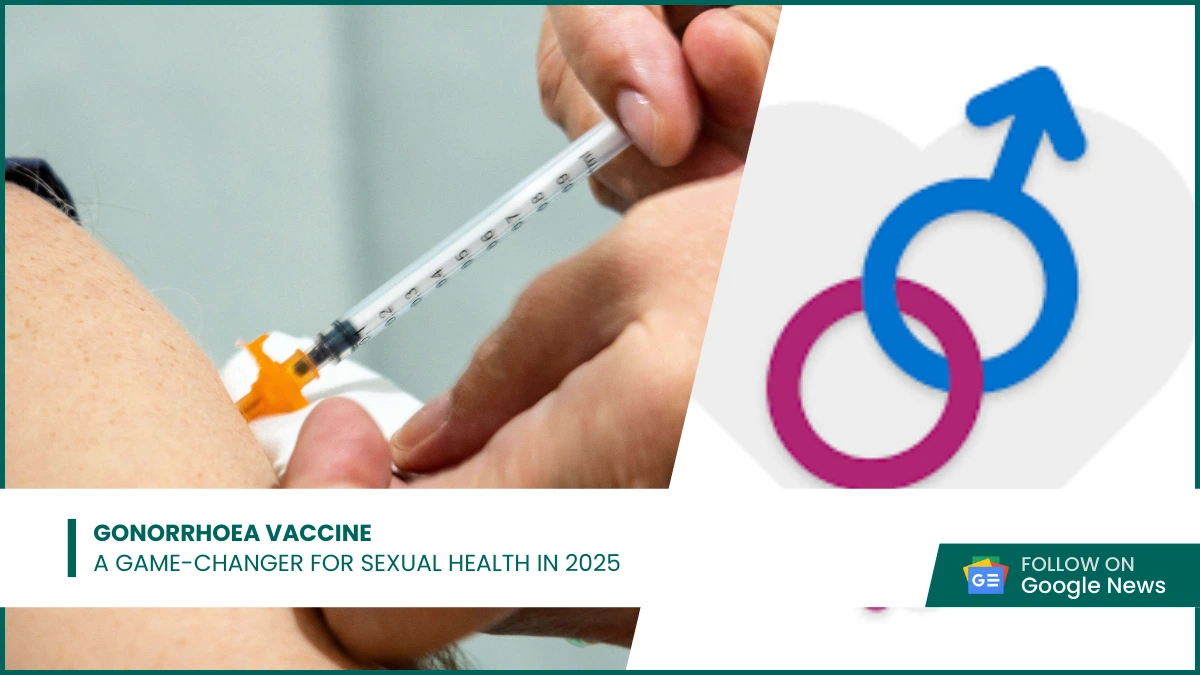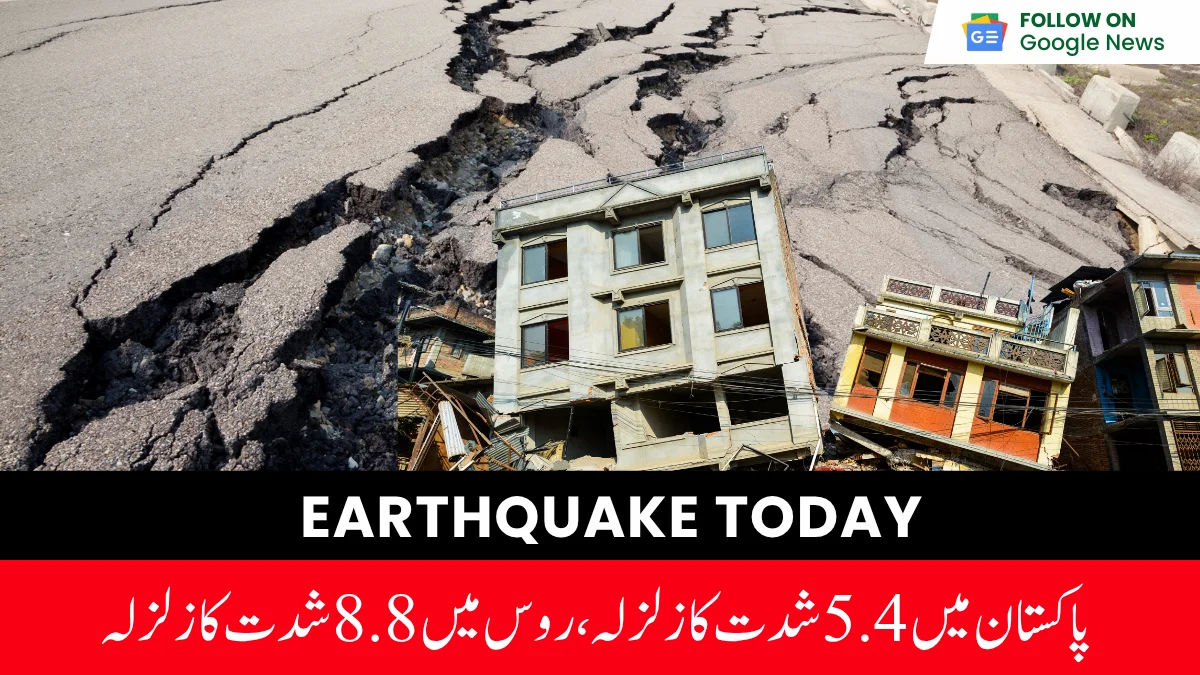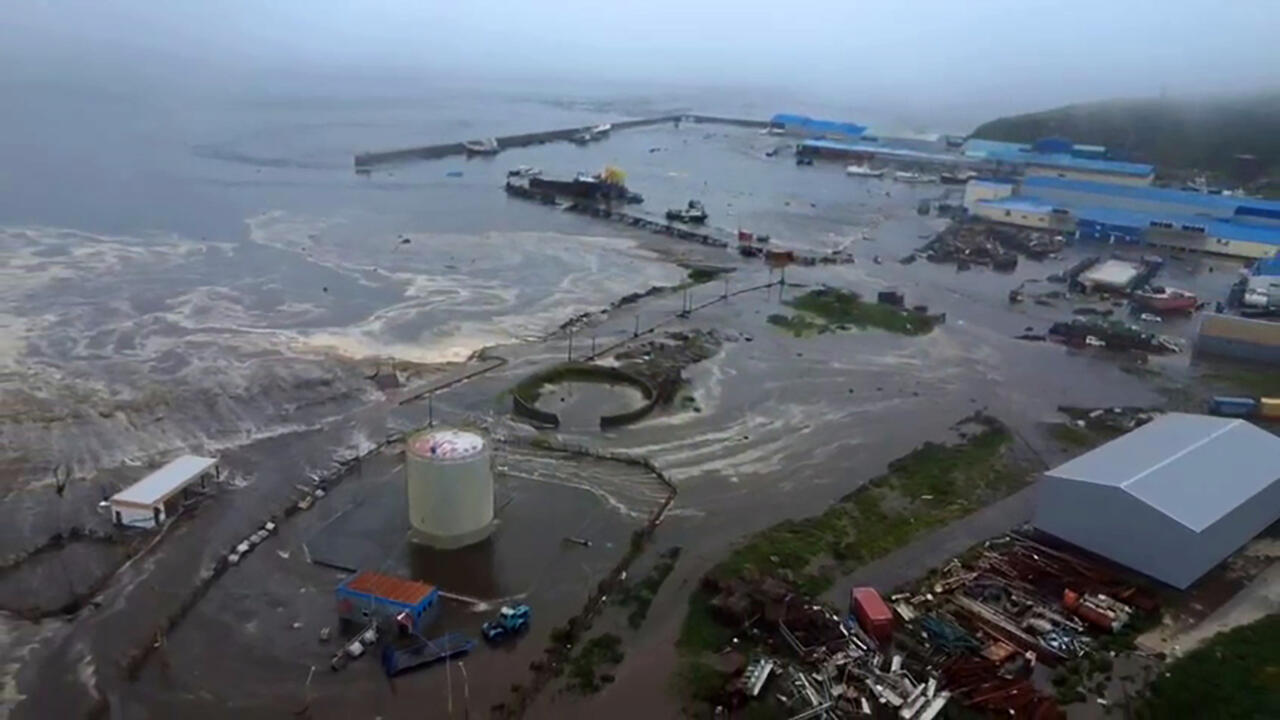
Heat Stroke: Symptoms, Treatment, First Aid and Prevention
- Tauqeer Hussain
- Reading Time 7

Why Heat Stroke is a Growing Concern in 2025
As global temperatures rise, heat stroke is becoming a serious health risk, especially during summer heatwaves. This life-threatening condition happens when your body overheats and can’t cool down, often reaching temperatures above 104°F (40°C). With hotter summers predicted for 2025, understanding heat stroke is critical to staying safe.
What is Heat Stroke? (Heat Stroke Meaning)
Heat stroke, also called sunstroke, is the most severe form of heat-related illness. It occurs when your body’s temperature rises dangerously high, overwhelming its ability to cool itself. Unlike milder conditions like heat exhaustion, heat stroke can cause brain dysfunction, organ damage, or even death if not treated quickly. In Urdu, heat stroke is often referred to as “لو لگنا” (loo lagna), meaning being struck by heat.
There are two main types:
- Classic heat stroke: Caused by hot environments, like being in a car or a room without air conditioning. It often affects older adults and children.
- Exertional heat stroke: Triggered by intense physical activity in hot weather, common among athletes or workers.
Heat Stroke Symptoms (Including Symptoms in Urdu)
Recognizing heat stroke symptoms is key to getting help fast. Here’s what to look for:
- High body temperature: Above 104°F (40°C).
- Mental changes: Confusion, agitation, slurred speech, or even seizures.
- Skin changes: Red, hot, and dry skin (classic heat stroke) or sweaty skin (exertional heat stroke).
- Nausea and vomiting: Feeling sick or throwing up.
- Rapid breathing and heart rate: Breathing and pulse speed up.
- Headache and dizziness: A throbbing head or feeling faint.
These symptoms might be described as:
- تیز بخار (high fever), چکر آنا (dizziness), متلی (nausea), or دماغی الجھن (mental confusion).
If you or someone else shows these signs, call emergency services (like 1122) immediately.
Heat Stroke vs. Heat Exhaustion: What’s the Difference?
Heat exhaustion is a milder condition that can turn into heat stroke if not treated. Here’s a quick comparison:
Feature | Heat Exhaustion | Heat Stroke |
Body Temperature | High but usually below 104°F | 104°F (40°C) or higher |
Symptoms | Tiredness, dizziness, sweating, nausea | Confusion, seizures, no sweating (classic) |
Treatment | Rest, cool down, drink fluids | Emergency medical care required |
Severity | Moderate, can improve in 30 minutes | Life-threatening, needs immediate action |
If heat exhaustion symptoms don’t improve within 30 minutes, it may be turning into heat stroke. Act fast!
Heat Stroke Causes
Heat stroke happens when your body can’t handle excess heat. Common causes include:
- Hot environments: Being in a hot, humid place like a parked car or a room without air conditioning.
- Strenuous activity: Exercising or working hard in hot weather, especially if you’re not used to it.
- Dehydration: Not drinking enough water to replace fluids lost through sweating.
- Heavy clothing: Wearing tight or heavy clothes that trap heat.
- Alcohol or drugs: These can impair your body’s ability to regulate temperature.
- Certain medications: Drugs like beta-blockers, diuretics, or antidepressants can increase risk.
Young children, older adults, and people with health conditions like heart disease are more vulnerable.
Heat Stroke Treatment (Including Treatment at Home)
Heat stroke is a medical emergency. If you suspect it, call emergency services immediately. While waiting for help, follow these heat stroke treatment at home steps:
- Move to a cool place: Get the person to shade or indoors.
- Remove extra clothing: Take off jackets or tight clothes.
- Cool the body: Use whatever is available:
- Spray or sponge with cool water.
- Place ice packs or cold, wet towels on the neck, armpits, or groin.
- Fan the person while misting with water.
- If possible, immerse in cool water (avoid for unconscious people).
At the hospital, doctors may use:
- Cold water immersion: Dunking the body in ice water (best for exertional heat stroke).
- Misting and fanning: Spraying water and using fans to cool the skin.
- IV fluids: To treat dehydration and organ issues.
Note: Don’t give fever medicines like acetaminophen or fluids to drink, as they can worsen complications.
Heat Stroke First Aid Guide
Steps to Take Immediately
- Call for help: Dial 1122 or your local emergency number.
- Move to shade: Get the person out of the heat.
- Remove clothing: Take off excess layers to help cooling.
- Cool the body:
- Spray or sponge with cool water.
- Apply ice packs or cold towels to the neck, armpits, and groin.
- Fan while misting with water.
- If possible, immerse in cool water (not for unconscious individuals).
What NOT to Do
- Avoid fever medicines: Drugs like acetaminophen won’t help and may harm.
- Don’t give fluids to drink: This can be dangerous if the person is confused or unconscious.
When to Seek Medical Help
Act immediately if you see signs like confusion, seizures, or a temperature above 104°F (40°C).
How to Prevent Heat Stroke
Preventing heat stroke is possible with these simple steps:
- Stay hydrated: Drink plenty of water, especially during exercise. Add electrolytes if sweating a lot.
- Wear light clothing: Choose loose, light-colored clothes made of cotton or linen.
- Avoid peak heat: Stay out of the sun between 11 a.m. and 3 p.m.
- Use air conditioning: Fans alone aren’t enough in extreme heat.
- Acclimatize slowly: Gradually get used to hot weather over weeks.
- Check medications: Ask your doctor if your medicines increase heat stroke risk.
- Never leave anyone in a parked car: Cars can heat up dangerously fast, even with windows cracked.
For example, during the 2022 European heatwave, over 61,000 deaths were linked to heat-related illnesses, showing how critical prevention is.
Heat Stroke Recovery and Long-Term Effects
With quick treatment, many people recover fully from heat stroke. However, recovery depends on how long the body temperature was high and how much organ damage occurred. Some may experience:
- Lingering issues: Trouble with memory, speech, or muscle coordination.
- Organ damage: Long-term problems with kidneys, liver, or heart.
- Increased risk: A history of heat stroke makes you more vulnerable in the future.
Recovery can take days to months. Follow your doctor’s advice and avoid heat exposure during this time.
Future Trends: Heat Stroke in a Warming World
As climate change drives hotter summers, heat stroke cases are expected to rise in 2025. Experts predict more frequent heatwaves, especially in urban areas with limited green spaces. Governments are pushing for better public cooling centers and workplace safety rules to protect vulnerable groups like outdoor workers and the elderly. Staying informed and prepared will be key to staying safe.
FAQ
About Heat Stroke
A: Heat stroke symptoms include a body temperature above 104°F (40°C), confusion, dizziness, nausea, rapid breathing, and red or dry skin. In Urdu, look for تیز بخار (high fever) or دماغی الجھن (mental confusion).
A: Move the person to a cool place, remove extra clothing, and cool them with water, ice packs, or fanning. Call emergency services immediately, as heat stroke needs professional care.
A: Drink plenty of water, wear light clothing, avoid the sun from 11 a.m. to 3 p.m., and use air conditioning. Gradually get used to hot weather to lower your risk.
A: Heat exhaustion causes tiredness, sweating, and dizziness but improves with cooling within 30 minutes. Heat stroke is more severe, with confusion, seizures, and a temperature above 104°F, requiring emergency care.
A: Mild symptoms may include dizziness, headache, nausea, and fast breathing. These can quickly worsen, so treat them as a serious warning sign and seek help.













